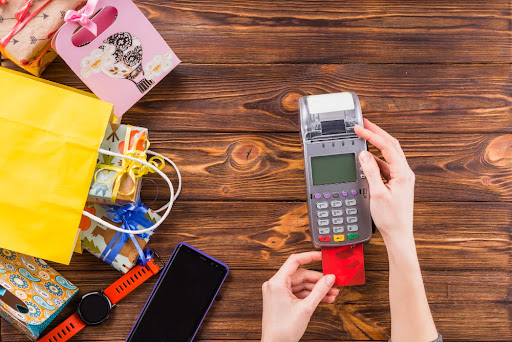Before we talk about PIN and CVV, let’s understand what a debit card is. A debit card is a payment card provided by a bank in the welcome kit when you open a bank account. It can be used to withdraw cash from ATMs and make payments both online and offline. A debit card has several details, which include a 16-digit card number, signature strip, CVV number, magnetic stripe, bank logo, hologram, and card name.
However, to complete a transaction, you need an ATM PIN as well. It is important to note that the CVV number and PIN are two distinct security features that differentiate them from each other. The PIN is a four or six-digit number that is used to authenticate transactions at ATMs, whereas when it comes to the question of what is the meaning of CVV in a debit card, it is a three-digit code that is printed on the back of the debit card and used for online transactions. Therefore, both the CVV number and PIN are essential for completing a transaction, but they serve different purposes.
What Types of Debit Card Transactions Require a CVV?
CVV (Card Verification Value) is a three-digit code on the back of your debit card that provides an additional layer of security when making card-not-present transactions, such as online or over-the-phone purchases.
Most online merchants require CVV to be entered during the checkout process to ensure the person making the purchase has physical possession of the card.
Some other types of debit card transactions that may require CVV include mail order purchases, recurring subscription payments, and some in-person transactions where the card is not physically present, such as paying for a hotel room over the phone.
Do I need a CVV or ATM PIN for cash withdrawals?
When it comes to cash withdrawals, you usually need an ATM PIN (Personal Identification Number) rather than a CVV (Card Verification Value). The ATM PIN is a four or six-digit code that you enter to verify your identity and access your bank account when using an ATM.
On the other hand, what is the meaning of CVV in a debit card, a three-digit code printed on the back. It is primarily used for online transactions as an additional security measure. The CVV code is not required for cash withdrawals at an ATM.
However, it’s important to note that some banks may have specific requirements for cash withdrawals, so it’s always best to check with your bank or financial institution for any specific guidelines or instructions.
Must Read: What is a debit card
Security measures for PIN & CVV
There are several security measures in place to protect both your PIN and CVV numbers:
- Keep your debit card safe: Store your debit card in a secure place, and do not share it with anyone.
- Keep your PIN and CVV private: Do not share your PIN or CVV with anyone, including friends or family.
- Use strong passwords: When creating a PIN or password, use a strong combination of letters, numbers, and special characters.
- Avoid using public Wi-Fi for online transactions: Public Wi-Fi networks can be insecure and may put your personal information at risk.
- Check your bank statements regularly: Monitor your bank account regularly to ensure that there are no unauthorised transactions.
- Report any suspicious activity: If you notice any unauthorised transactions or suspicious activity, notify your bank immediately.
These security measures can help protect your debit card information and reduce the risk of fraud or identity theft.
Conclusion
Understanding the difference between a CVV and an ATM PIN is crucial when it comes to making secure transactions. While a CVV is necessary for card-not-present transactions, such as online and over-the-phone purchases, an ATM PIN is required for cash withdrawals. As a cardholder, it’s vital to keep your PIN and CVV private, use strong passwords, avoid public Wi-Fi for online transactions, and monitor your bank account regularly to prevent fraudulent activities. By following these security measures, you can protect your debit card information and enjoy a safe and secure banking experience.


